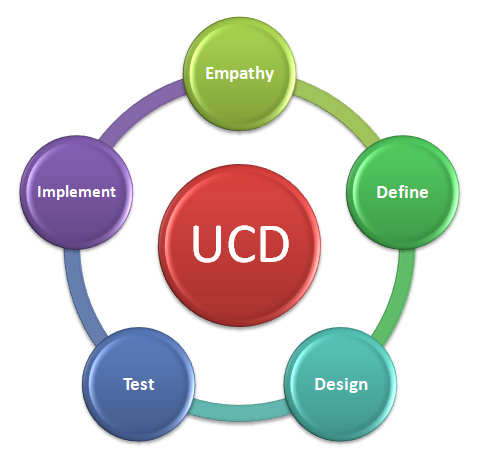In Technology era, we see and use millions of digital and physical products which offers various features and facilities which influence people life.
When we look interaction of user and products , the interaction takes place very important role which brings user satisfaction and delightful user experience.
User Centered Design
Product owners and designer should think about user needs and what they feel when interacting with products , how product helps them to achieve their goal more effectively and efficiently. if we want to understand user needs, feedback and insights.
UCD is explicit understanding of the users, tasks and environment in which product being used. When we start create something, first we need think who is going use and what they need and expect
Empathy
Empathize user insights as part of User centric design approach. we can understand through various ethnographic research methods which has been distinguished as two types 1. Qualitative 2. Quantitative research methods.
Qualitative Research
Qualitative research can be done through user interview, it is an one-on-one session, User Interview can bring insights into what users think, feel and says about an application, they could share experience with similar products. Qualitative research can formed with open-ended questions can get one or more answers
Example questions:
- How would you describe your satisfaction with this product?
- Please describe a scenario where our online solution helps you make day-to-day activities.
- How do you think this product could help you?
We can ask follow ups questions which simulate more responses.
Quantitative Research
Quantitative research is expressed in numbers and graphs. It is used to test or confirm theories and assumptions. Common quantitative methods include experiments, observations recorded as numbers, and surveys with closed-ended questions.
Surveys: List of multiple choice questions that is distributed in online, can Ecollect responses remotely
Example of close ended questions
- What are the information you wish to see in our home page
- Do you recommend our product to your friend
- Do you like working with us
Another approach user observation, user observation helps to uncover user problems and challenges when they do face in natural environment. We can use think aloud protocol asking user to speak loud what they think when using our existing product. This approach helps understand user paint points, emotions.
Synthesis
Synthesis of your findings and create recommendations and create report which will inform personas, journey maps, feature ideas, workflow ideas. Through customer journey maps, we can illustrate user pain points, challenges which will bring opportunity for innovation.
Design & Validate
Brainstorm with team, create ideas for user problems , user problem helps to find out opportunity for innovation. Create wire frame , low and high fidelity prototype to implement ideas then validate with stakeholders and iterate design
We need take our design to end user for validation
important step is validating your design properly. you simply need to get feedback from relevant users. Once you get the feedback from the users, again refine your design and test different user group so that you could get different responses. Refine design until your stakeholder and user satisfaction, then finally you can start development and deliver.
UCD Approach Benefits
With close user involvement, products are more likely to meet users’ expectations and requirements. This leads to increased sales and lower costs incurred by customer services. Systems designers tailor products for people in specific contexts and with specific tasks, thereby reducing the chances of situations with a high risk of human error arising. UCD leads to safer products. Putting designers in close contact with users means a deeper sense of empathy emerges. This is essential in creating ethical designs that respect privacy and the quality of life. By focusing on all users of a product, designers can recognize the diversity of cultures and human values through UCD – a step in the right direction towards creating sustainable businesses.
Conclusion
User centric design elicits user needs and feedback before development. This approach confirms user requirements and guides product development which helps to success in competitive market.


